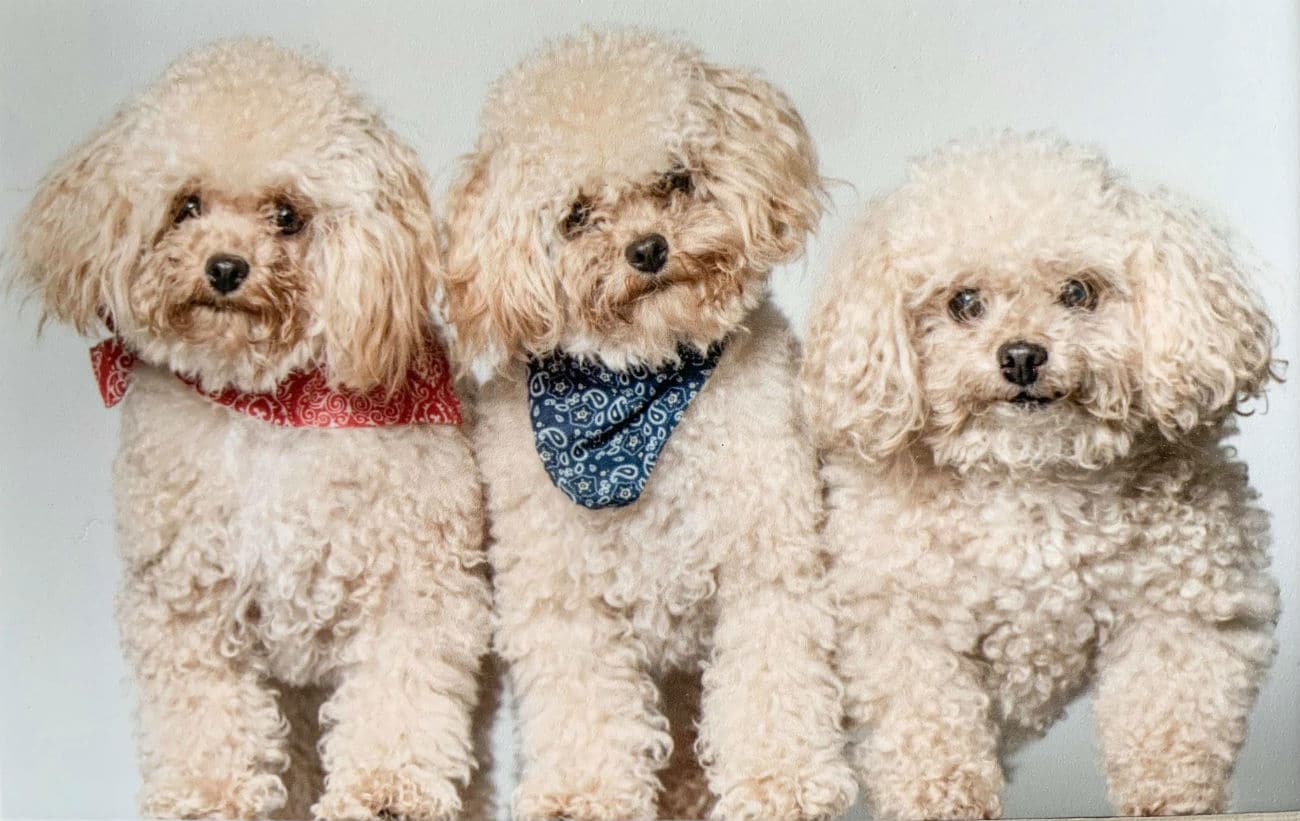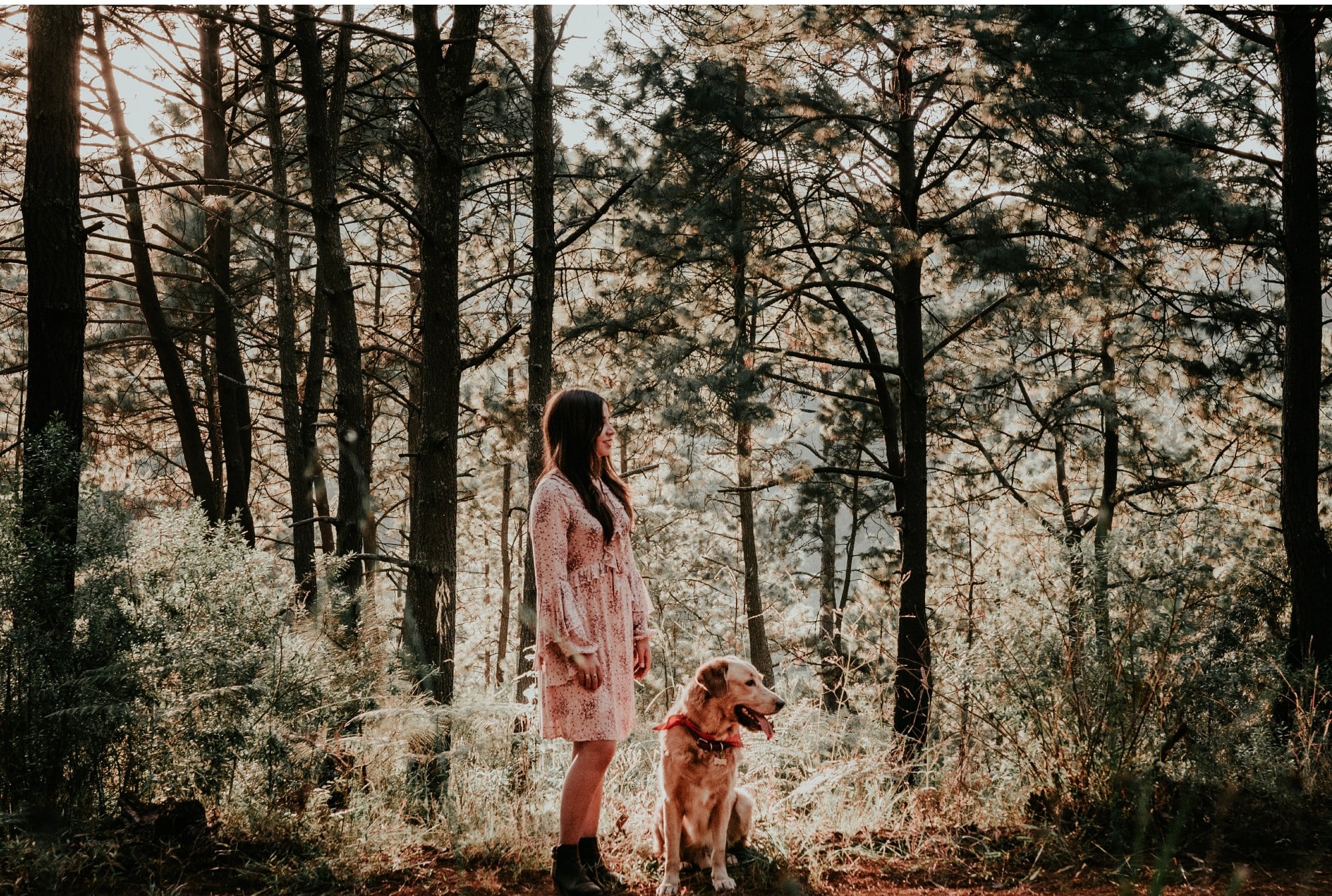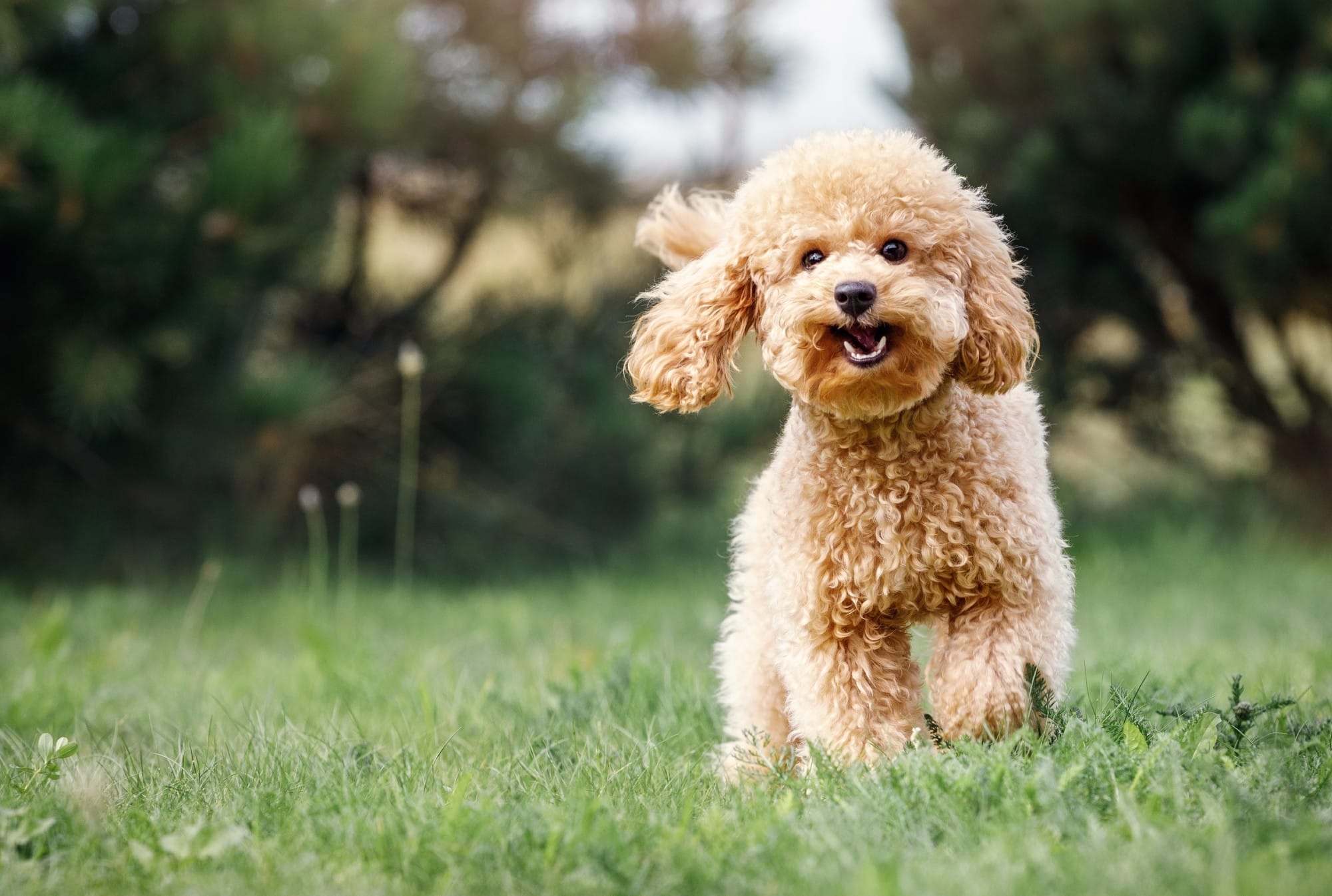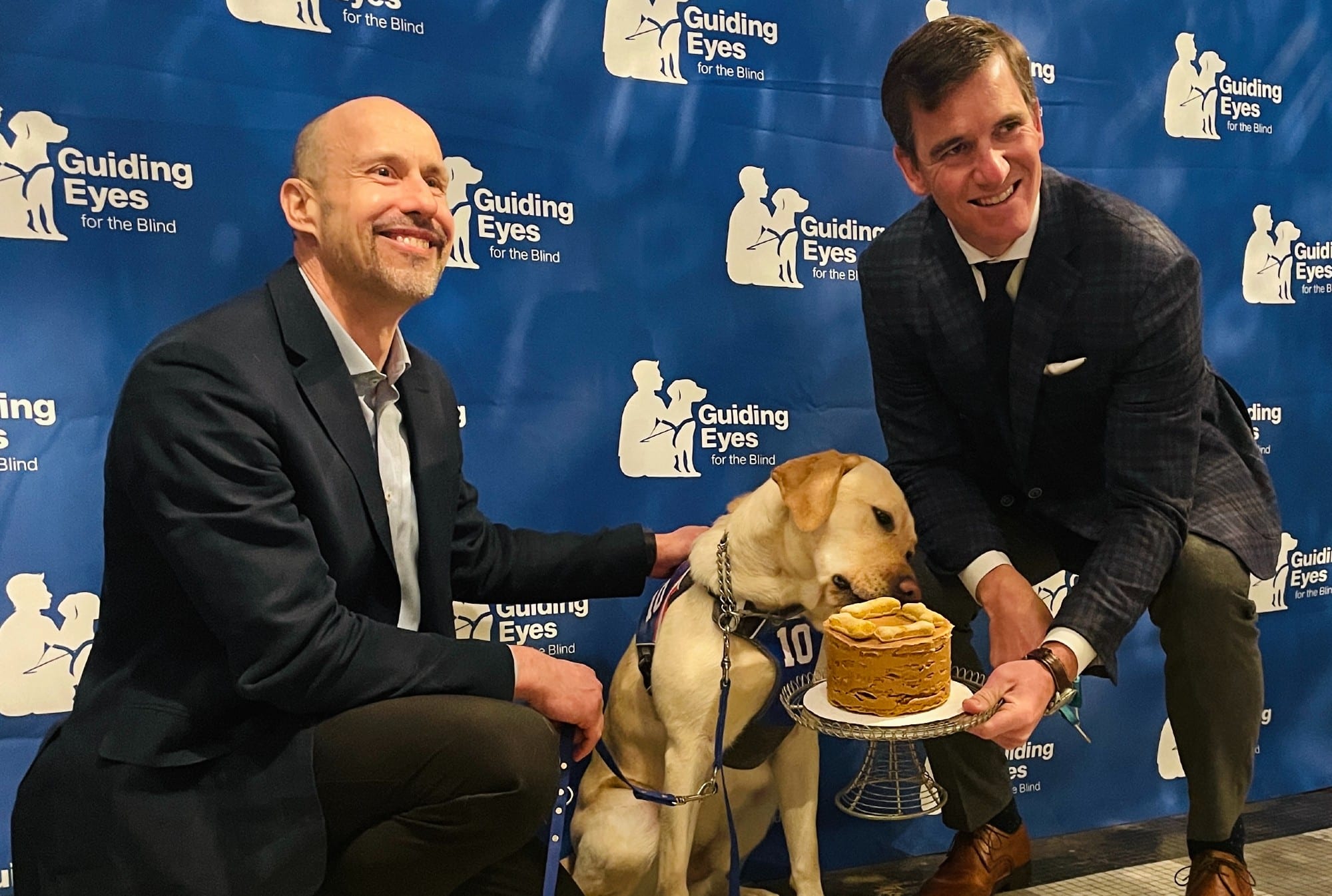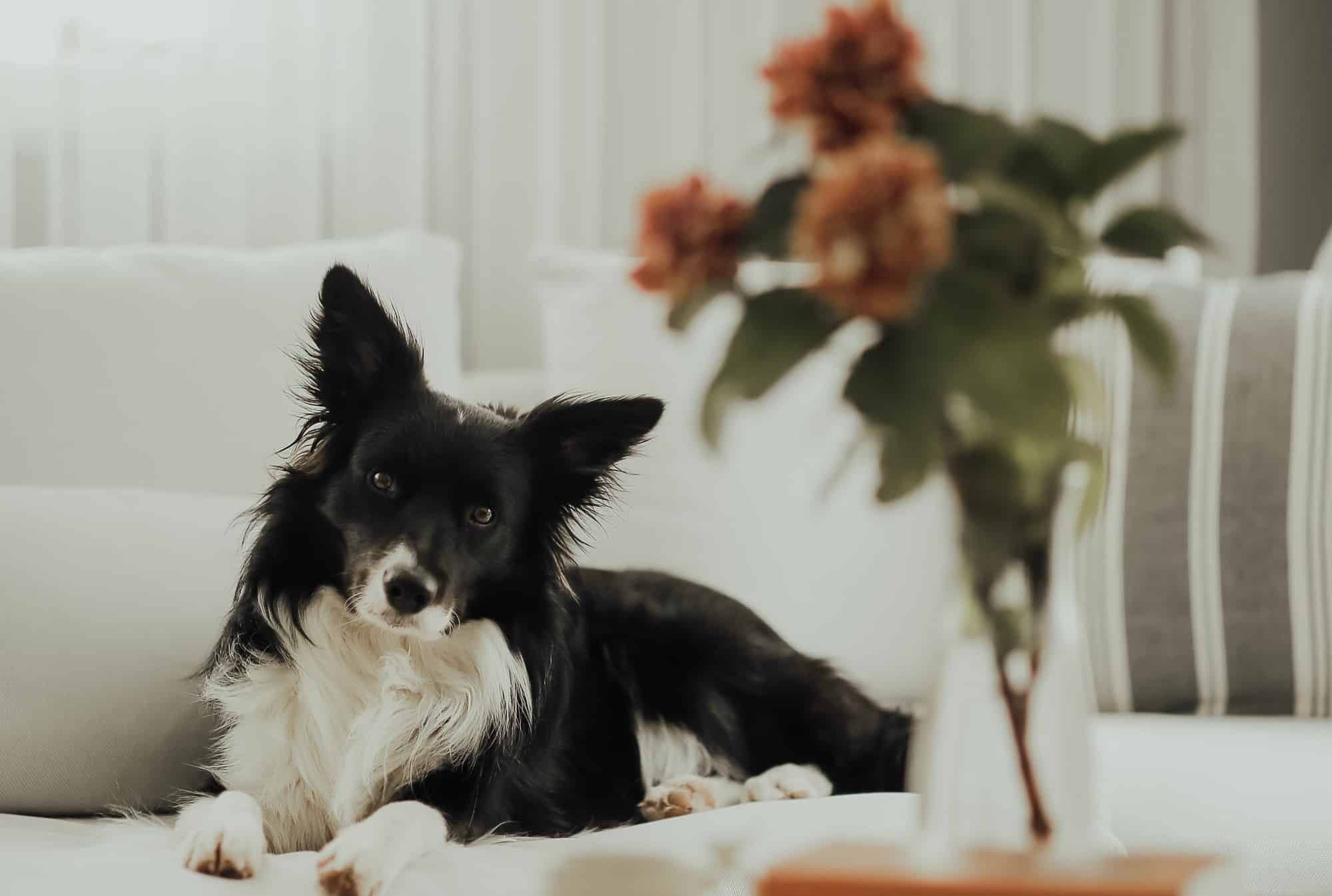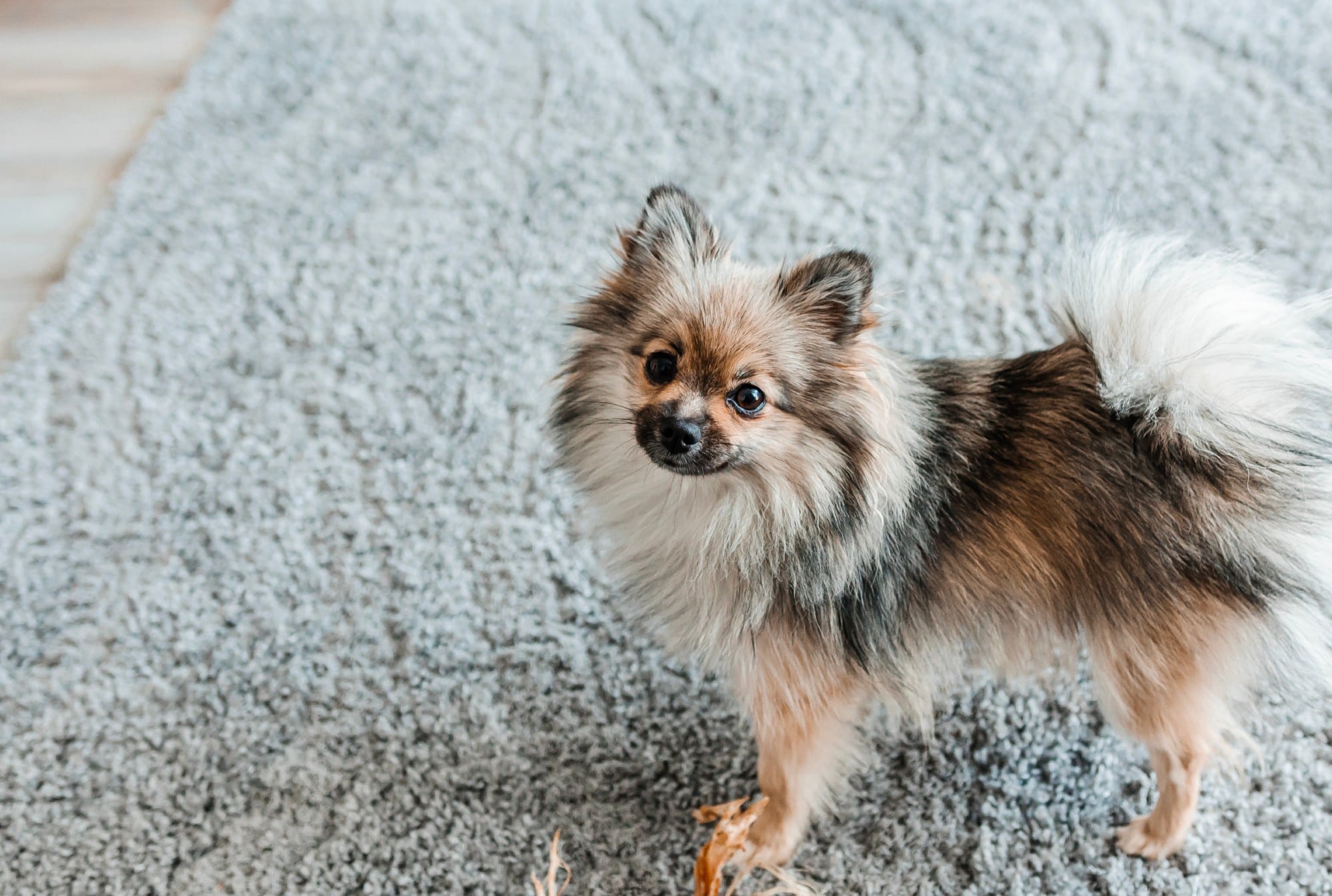This article has been updated with an interview from Amy.
All pets are special — but some pets are extraordinary, once-in-a-lifetime companions. Admit it: although you’ve loved all of the animals who have shared your home, hasn’t there been one who really holds pride of place in your heart?
What would you do to have your beloved friend back again?
Pet parents are increasingly turning to a controversial option: providing their pet’s DNA in order to have it cloned. Among those who have embraced the technology is couple Barry Diller and Diane von Furstenberg, along with Barbra Streisand, who revealed during a 2018 Variety interview that two of her three dogs are clones of her recently deceased Coton de Tulear, Samantha.
While the idea of having your dog basically resurrected is considered by many as unethical (and creepy), there is a growing number of dog parents wanting an identical twin of their deceased best friend.
How We Got Here: A Brief History of Animal Cloning
Most laypeople became familiar with the notion of cloning in 1996, when scientists at the Roslin Institute in Scotland announced that they had successfully cloned a Finn Dorset sheep, resulting in the birth of a lamb that was genetically identical to the adult animal. Named Dolly, the sheep quickly became the cute, fuzzy face of genetic preservation and reproductive technologies.
Dolly was soon joined by other cloned creatures, including goats, pigs, cattle, rabbits, mice, cats, deer and even a rhesus monkey. Dog clones, however, remained a trickier proposition, due to some unique aspects of the canine reproductive process. It would be almost another decade before the first viable dog clone, an Afghan hound named Snuppy, was produced. Snuppy went on to live a relatively normal life, passing away in 2015 at the age of 10.
There are only a few companies in the world that offer commercial animal cloning services, and according to one in Texas, ViaGen Pets, the waiting list is up to a year.
How Does Dog Cloning Work?
So how, exactly, do these companies clone animals? Without getting too technical, here’s how the process works. First, cells are harvested from the dog that is being cloned. After extracting an egg from an adult female dog, scientists remove its nucleus, thereby erasing it of any DNA. The original dog’s cells are then fused with the enucleated egg, stimulated with electricity to kick-start cell division and implanted into a surrogate dog’s womb.
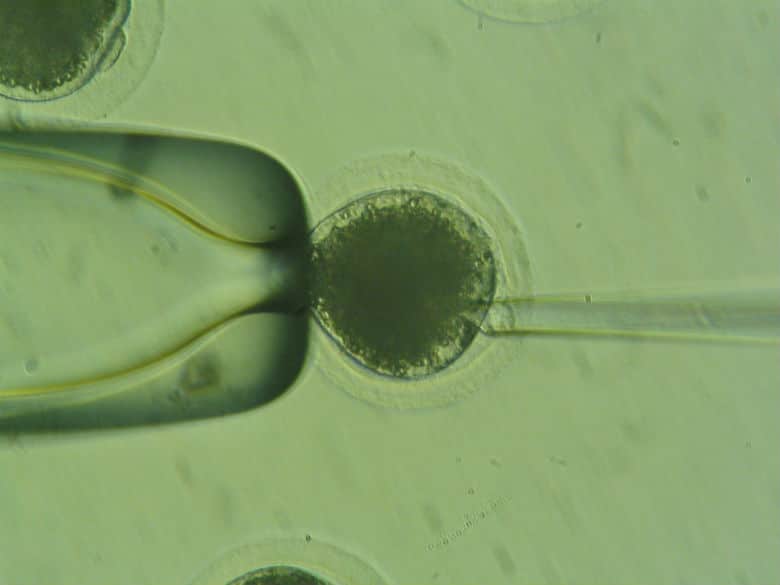
From this point forward, nature takes over to produce a healthy puppy that is identical to the cloned animal — or at least that’s the hoped-for outcome. In reality, there are some pretty high odds to overcome.
In the case of Snuppy, it took over 1,000 embryos and 123 surrogates to produce three pregnancies. One pregnancy resulted in a miscarriage. Of the two fetuses that were carried to term, one died of neonatal respiratory distress within three weeks of being born. The remaining fetus became Snuppy.
Subsequent cloning procedures have decreased the number of embryos and surrogates required, but just as with human in-vitro fertilization, the entire procedure is still something of a gamble.
Digging Into the Why Behind Cloning
There probably isn’t a pet owner on the planet who hasn’t made an offhand remark along the lines of “I love this animal so much, I wish I could be with her forever.” As anyone who has lost a pet — whether to disease, an unfortunate accident, or simply old age — knows, grieving for a canine or feline companion can be every bit as painful as grieving for a person.
Related: Here Is the Real Cost of Owning a Dog
Of course, while the price tag (ViaGen charges $50,000) means nothing to wealthy celebrities such as Streisand, it’s most likely prohibitive for a number of dog parents. But for those who do have the discretionary income to order up a carbon copy of their furry friend, what is the appeal?
First and foremost, there’s the love we humans feel for the creatures who share our home. It’s no wonder that 95 percent of people refer to their pets as “members of their family” and “furbabies” — we have the capacity to develop incredibly close relationships with these animals who are in our care. Some folks think nothing of dressing dogs in designer outfits and maintaining luxurious accommodations for their pets. Perhaps most telling of all, we spend an extraordinary amount of money on our companion animals — a record-smashing $95 billion in 2019.
Ask any pet parent what they love about their furbaby; chances are they’ll use the term “unconditional love” and/or “best friend.” Dogs are wellsprings of nonjudgmental affection and immeasurable loyalty — two qualities that traditional wisdom says money can’t buy. Cloning begs to differ. Amy (who requested her last name not to be used) chose to clone her dog Buhner, as she became worried about how she was going to deal with him when he passed.
“I decided to clone my beloved Buhner because I was so emotionally attached to him that I felt like a piece of him needed to live on,” says Amy, who requested her last name not to be used. “The same way people live on through their children and grandchildren and so on.”
Delaying, or mitigating, the grief that accompanies death is another reason that some people consider cloning.The relatively short lifespans of both dogs and cats can feel all too brief for those of us who expect to live until we’re in our 80s or even older. Cloning a beloved pet means, in theory, that you don’t have to say that final goodbye or fully go through the grieving process.
Streisand alluded to that sentiment when she responded to critics in an opinion piece written for The New York Times.
“I was so devastated by the loss of my dear Samantha, after 14 years together, that I just wanted to keep her with me in some way,” wrote the entertainer about her uniquely curly-haired Coton de Tulear. It was easier to let Sammie go if I knew I could keep some part of her alive, something that came from her DNA.”
Related: Revealed: Barbra Streisand Cloned Her Dog Twice
Another aspect of cloning’s appeal, albeit probably a subconscious one, is the notion that we can cheat death. The desire to live forever is very nearly hardwired within us — or so it would seem from even a quick skim of our history and our culture.
What Does “Identical” Mean?
So let’s say you’ve ponied up the $50,000: What can you expect when the new animal joins your family? Will it truly be identical to dear, departed Socks or Patches? What about its personality? Are the other pets going to treat the clone as a newcomer, or as an old friend?
“We inform all clients that we can only create a genetic twin, and not reproduce the same individual,” says Melain Rodriguez of ViaGen Pets, the Cedar Park, Texas-based commercial cloning service. “Most traits have a combination of genetic and environmental influence.”
Studying cloned pets may be as close as we can come to settling the nature vs. nurture debate. It’s important for potential clone owners to realize that the new puppy isn’t going to be a fully formed, plug-and-play replacement for their erstwhile pet. They cannot expect it to exhibit the same quirks, have similar tastes in treats or sleep in a particular family member’s bed. (Though, a doctor at one company said he was considering transplanting memories of the original pet into the clone using artificial intelligence.) Instead, they are essentially starting from scratch to train and raise the clone, the same as they would any other puppy. As such, the new dog’s relationship to everyone in the family — human and animal — will be unique.
“[Families] need to understand that they are receiving a healthy, happy 8-week-old puppy that is not at the same stage of life as their beloved adult pet,” explains Rodriguez. “The dog parents will have the opportunity to extend a special journey, but will be beginning at the puppy stage all over again.”
ViaGen often describes a cloned animal as a genetically identical twin, only born at a later date. However, it turns out that the clone may not be a dead ringer for their “parent,” as many people would expect. The first-ever cloned cat, named CC (short for “Carbon Copy” or “Copy Cat”), looked nothing like its genetic mother. Some clones are lookalikes, but many resemble fraternal rather than identical twins.
“Ditto is identical to Buhner he acts like him, looks identical to him, has a lazy eye just like him, snuggles just like him and is very alpha like him,” says Amy. “The other BJ for Buhner Jr is identical but his personality is a little more shy and independent. It doesn’t matter to me anymore because they are my family and it’s a part of Buhner that will live on after he passes.”
Anti-Cloning Arguments
As you can imagine, the ability to clone animals is a scientific advancement that has its detractors and raises ethical concerns. Bioethicists argue that bringing more dogs into the world — not just the clones, but their littermates as well — is irresponsible, given how many animals are housed in shelters, not to mention euthanized each day.
Many animal-welfare organizations have come out against it.
“Cloning experiments reflect a spirit common to all systematic forms of cruelty to animals,” the Humane Society of the United States said on its website. “They treat animals as commodities alone, instead of as living individuals with needs and natures of their own.”
“When you consider that millions of equally personable dogs are euthanized in animal shelters every year for lack of a home, cloning is all the more indefensible,” PETA said on its website.
The American Kennel Club will also not accept any cloned dogs into its organization.
Additionally, the process relies on many more dogs than just the original and the copy. A number of female dogs are required for egg “donation” and for surrogacy. How many? Specifics remain murky, as it’s impossible to standardize the procedure or predict how many eggs and surrogates will be needed to succeed in cloning a particular animal.
Jessica Pierce, a bioethicist at the University of Colorado Denver, told The New York Times that being forced to be a surrogate mother to cloned animals result in a similar “harm that you would impose on a woman whose only purpose in life is to be a breeding machine for man.”
The industry has little, if any regulation, and there are no laws against animal cruelty.
ViaGen Pets sidesteps some of these issues, saying that its employees are all advocates for, and in some cases adopters of, shelter dogs. Says Rodriguez, “ViaGen Pets produces a small number of animals compared to the numbers housed in shelters, and 100 percent of our animals go to forever homes.”
Other proponents of cloning point to the possibility of using it for less-ethical ambiguous purposes, such as replicating the traits of very successful guide dogs, sniffer dogs, search-and-rescue dogs, and other working animals. Cloning doubtless contributes to scientific and veterinary research, and could one day be used in the service of preserving endangered species.
Ultimately, whether to preserve genetic material from a much-loved pet with an eye toward cloning them, or by beginning the actual cloning procedure itself, is a highly personal issue.
“There’s always going to be critics yet we all must live our lives the way we see fit,” says Amy. “We all have our own set of beliefs and standards. I do not have any regrets and if I had to chose over I would do it the same.”
Related: The 10 Biggest Myths About Adopting a Dog From a Shelter or Rescue













